Brutalist concrete defines this tactile East London home
A clever material composition elevates this East London home by DGN Studio that blends brutalist concrete with light-coloured wood
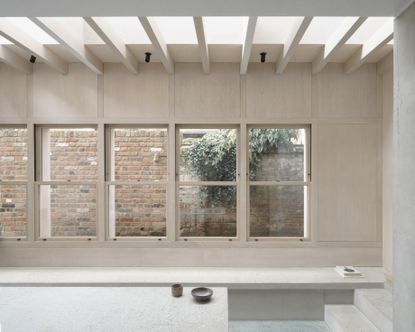
Architects Daniel Goodacre and Geraldine Ng have transformed a dark Victorian semi-detached terrace in East London, into a modern family home that exudes calmness. Grounded on a heavy, concrete base, the home feels at the same time light and sleek. Inspired by brutalist architecture and concrete structures, it features expert joinery and clean, minimalist surfaces anchored in craft, clever material choices and fine detail.
The pair set up emerging architecture practice DGN Studio in 2016. They were commissioned by a young couple for this residential project soon after – initially appointed to work just on the home's extension. Soon, they expanded the brief to cover the whole house.
‘Our clients gave us so much to work with,' says Ng. ‘In discussing the brief and project, we found the project was focused less on how it was to look, but how it was to work for the clients. Prioritising function while still factoring form allowed us to select materials that would work in a simple aesthetic harmony, wear beautifully, and ultimately endure.'
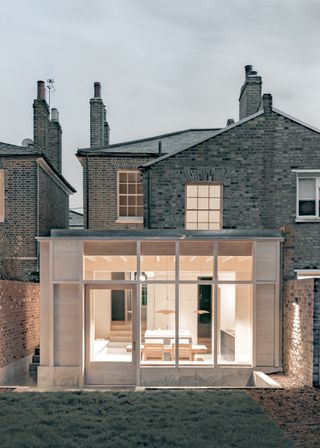
Faced with a typical Victorian interior of smaller, darker rooms, the architects got to work tearing down walls and opening up spaces and views. As a result, there are striking view lines that connect the house from front to back. Smooth surfaces, mostly neutral, natural colours (with a couple of bold choices in the upstairs bedrooms) and careful detailing create a seamless, soft overall aesthetic that adds domesticity to the naked concrete.
The kitchen area in the rear extension is a centrepiece – a celebration of concrete, supported by the rich materiality of the Dinesen timber floors and muted terrazzo tiles. The space feels clean and serene, with large windows that connect it to the outdoors. A hidden cellar door within the cabinetry leads to a utility space but remains out of sight when shut. In order to make the space feel more generous, the architects dug down, so the ceilings are set higher.
‘DGN Studio met the task of opening the kitchen to more light and height, and making a space where we could socialise and enjoy hosting friends and family,' say the clients. ‘They really surprised us in how well they chose materials; the colours and tones compliment the concrete floors and benches so perfectly.'

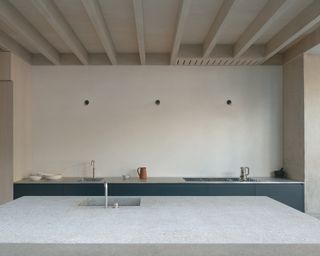
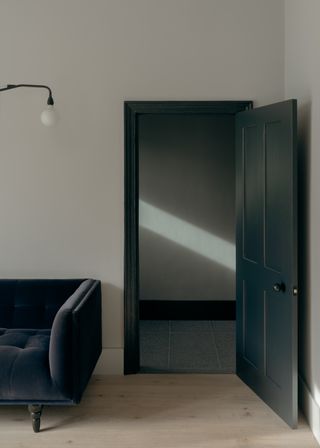
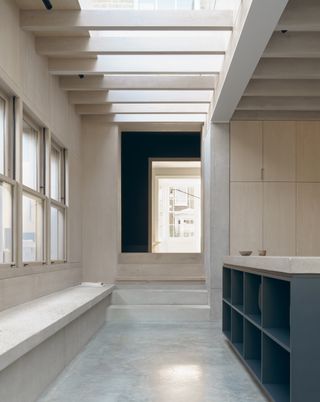
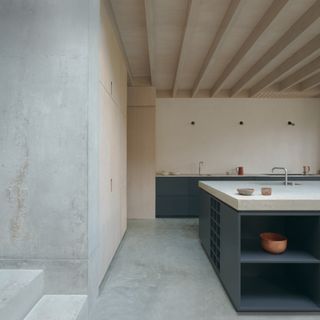
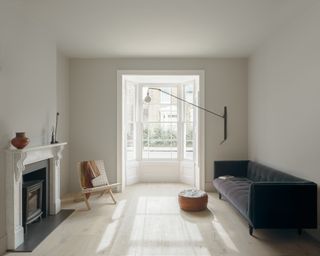
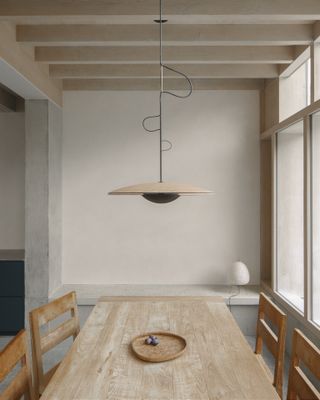
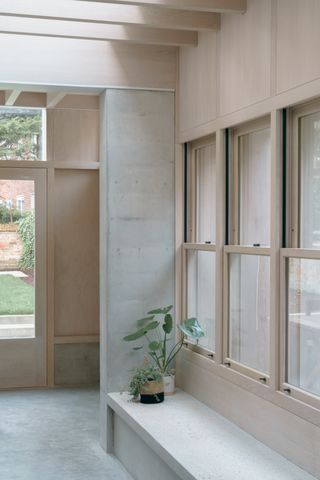
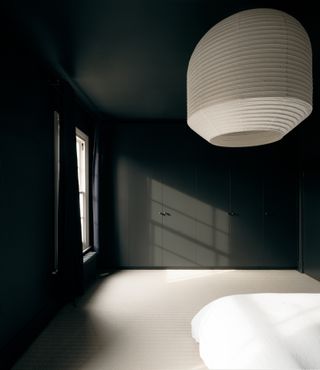
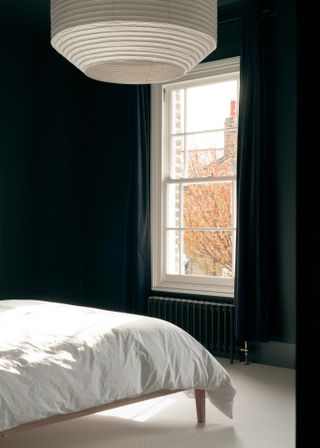
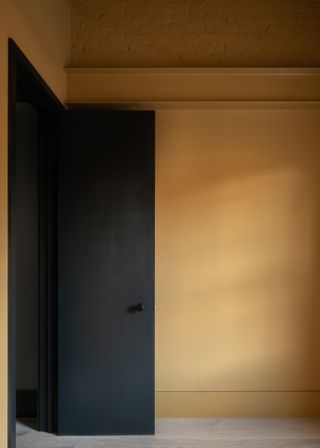
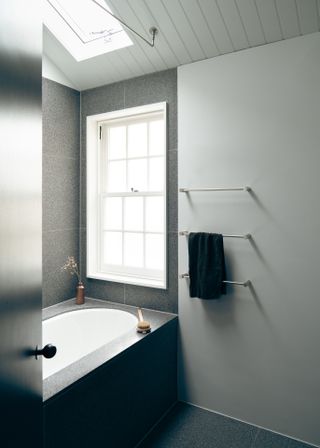
INFORMATION
Wallpaper* Newsletter
Receive our daily digest of inspiration, escapism and design stories from around the world direct to your inbox.
Ellie Stathaki is the Architecture & Environment Director at Wallpaper*. She trained as an architect at the Aristotle University of Thessaloniki in Greece and studied architectural history at the Bartlett in London. Now an established journalist, she has been a member of the Wallpaper* team since 2006, visiting buildings across the globe and interviewing leading architects such as Tadao Ando and Rem Koolhaas. Ellie has also taken part in judging panels, moderated events, curated shows and contributed in books, such as The Contemporary House (Thames & Hudson, 2018), Glenn Sestig Architecture Diary (2020) and House London (2022).
-
 Out of office: what the Wallpaper* editors have been doing this week
Out of office: what the Wallpaper* editors have been doing this weekInvesting in quality knitwear, scouting a very special pair of earrings and dining with strangers are just some of the things keeping the Wallpaper* team occupied this week
By Bill Prince Published
-
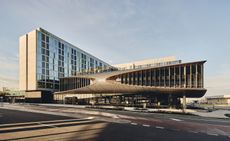 Layover in style at Melbourne Airport’s new hotel
Layover in style at Melbourne Airport’s new hotelIbis Styles Melbourne Airport hotel by FK brings together elegant rooms, co-working lounges and leisure facilities in a striking aircraft wing-inspired design
By Daven Wu Published
-
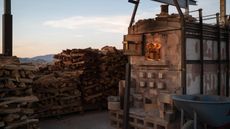 Forged in the California desert, Jonathan Cross’ brutalist ceramic sculptures go on show in NYC
Forged in the California desert, Jonathan Cross’ brutalist ceramic sculptures go on show in NYCJoshua Tree-based artist Jonathan Cross’ sci-fi-influenced works are on view at Elliott Templeton Fine Arts in New York's Chinatown
By Dan Howarth Published
-
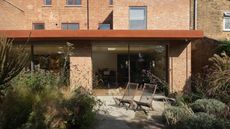 A Peckham house design unlocks a spatial puzzle in south London
A Peckham house design unlocks a spatial puzzle in south LondonAudacious details, subtle colours and a product designer for a client make this Peckham house conversion a unique spatial experience
By Jonathan Bell Published
-
 Squire & Partners' radical restructure: 'There are a lot of different ways up the firm to partnership'
Squire & Partners' radical restructure: 'There are a lot of different ways up the firm to partnership'Squire & Partners announces a radical restructure; we talk to the late founder Michael Squire's son, senior partner Henry Squire, about the practice's new senior leadership group, its next steps and how architecture can move on from 'single leader culture'
By Ellie Stathaki Published
-
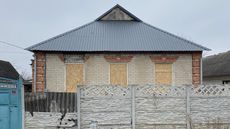 Meet the 2024 Royal Academy Dorfman Prize winner: Livyj Bereh from Ukraine
Meet the 2024 Royal Academy Dorfman Prize winner: Livyj Bereh from UkraineThe 2024 Royal Academy Dorfman Prize winner has been crowned: congratulations to architecture collective Livyj Bereh from Ukraine, praised for its rebuilding efforts during the ongoing war in the country
By Ellie Stathaki Published
-
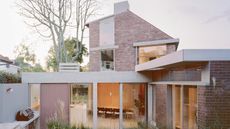 RIBA House of the Year 2024: browse the shortlist and pick your favourite
RIBA House of the Year 2024: browse the shortlist and pick your favouriteThe RIBA House of the Year 2024 shortlist is out, celebrating homes across the UK: it's time to place your bets. Which will win the top gong?
By Ellie Stathaki Published
-
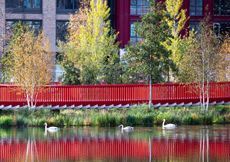 The new Canada Water boardwalk is an experience designed to ‘unfold slowly’
The new Canada Water boardwalk is an experience designed to ‘unfold slowly’A new Canada Water bridge by Asif Khan acts as a feature boardwalk for the London area's town centre, currently under development, embracing nature and wildlife along the way
By Ellie Stathaki Published
-
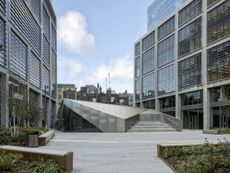 The Museum of Shakespeare set to open in east London
The Museum of Shakespeare set to open in east LondonThe Museum of Shakespeare puts the remains of the ancient Curtain Playhouse at the centre of 'The Stage', a new urban development in the heart of Shoreditch
By Smilian Cibic Published
-
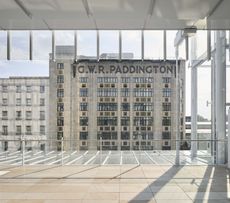 Paddington Square transforms its patch of central London with its 'elevated cube'
Paddington Square transforms its patch of central London with its 'elevated cube'Paddington Square by Renzo Piano Building Workshop has been completed, elevating a busy London site through sustainability, modern workspace and a plaza
By Ellie Stathaki Published
-
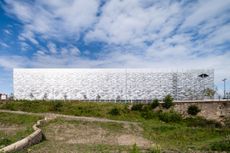 Architectural car parks to drive into, in the UK and beyond
Architectural car parks to drive into, in the UK and beyondArchitectural car parks form an important part of urban infrastructure but can provide a design statement too; here are some of the finest examples to peruse, in the UK and beyond
By Ellie Stathaki Published